Jacksonville, Fl. — The “Buresh Bottom Line”: Always be prepared!.....First Alert Hurricane Survival Guide... City of Jacksonville Preparedness Guide... Georgia Hurricane Guide.
STAY INFORMED: Get the * FREE * First Alert Weather app
FREE NEWS UPDATES, ALERTS: Action News Jax app for Apple | For Android
WATCH “The Ins & Outs of Hurricane Season”
WATCH “Preparing for the Storm”
READ the First Alert Hurricane Center “Survival Guide”
***** ALWAYS CHECK & RE-CHECK THE LATEST FORECAST & UPDATES! *****
Local - Jax/NE Fl./SE Ga. - impacts from tropical disturbance ‘91-L’ over the Gulf of Mexico:
* some heavier rain in the form of showers & scattered t’storms through Thu. with the potential for 1-3″ of rain, locally 4″+
* a few stronger storms that may produce gusty winds & a very isolated waterspout or tornado
* the system will be east of the area by Thu. night
REMEMBER WHEN A TROPICAL STORM OR HURRICANE IS APPROACHING: Taping windows is *NOT* helpful & will not keep glass from breaking... & realize the cone is the average forecast error over a given time - out to 5 days - & *does not* indicate the width of the storm &/or damage therefore do not become fixated on the center of a tropical system.
“Ida” summary in the “Buresh Blog” * here *.... past tropical systems similar to Ida * here *.
Areas to watch:
(1) Gulf ‘94-L’
(2) Hurricane Larry over the Central Atlantic
(3) tropical waves headed west off the coast of Africa
(4) hints of possible tropical development over the SW Atlantic or Gulf around next weekend or a little beyond - in 8-12 days or so.
Gulf tropical disturbance: there continues to be a tropical disturbance over the Central & Southern Gulf with an increase - albeit disorganized - in t’storms since Tue. While “curious”, any development should be slow to occur, if at all due to a combination of moderate shear out of the west & limited remaining time over water. The disturbance has been moving rather swiftly northeast recently with the low pressure seemingly re-developing & sort of jumping around as convection waxes & wanes.
But - in general - the GFS & European models have come into decent agreement on a weak low pressure area - possibly only a trough of low pressure - moving east/northeast across the Northern Gulf Wed... into the Fl. Panhandle Wed. night, across the far Southeast U.S. Thu. & offshore east of Georgia & northeast of Jacksonville by late Thu. The Euro has at times indicated a surface low that’s a little more organized, but the model has had a tendency to jump around on this disturbance. At this point - whether or not there’s much true development - & the disturbance *could* become a depression while approaching the Gulf Coast - it looks like the primary impacts will be heavy showers & t’storms near & along the Gulf Coast as far east Jacksonville/NE Fl./SE Ga. Wed./Thu. There may also be gusty winds with some of the stronger t’storm bands in addition to an isolated tornado/waterspout.
There’s some chance/opportunity - it would appear - for more significant development once over the Western Atlantic by the weekend but by then the system is moving away from Jacksonville & the U.S. east coast.


Some forecast models have no disturbance developing so some of the spaghetti plots for ‘91-L’ show limited output:

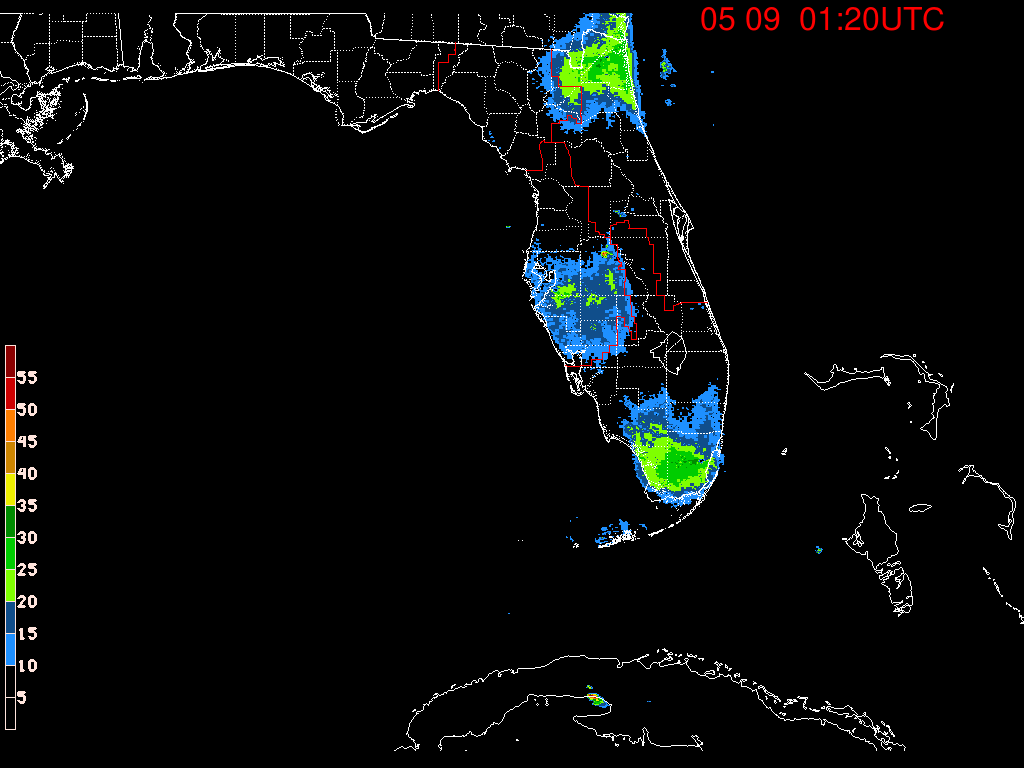


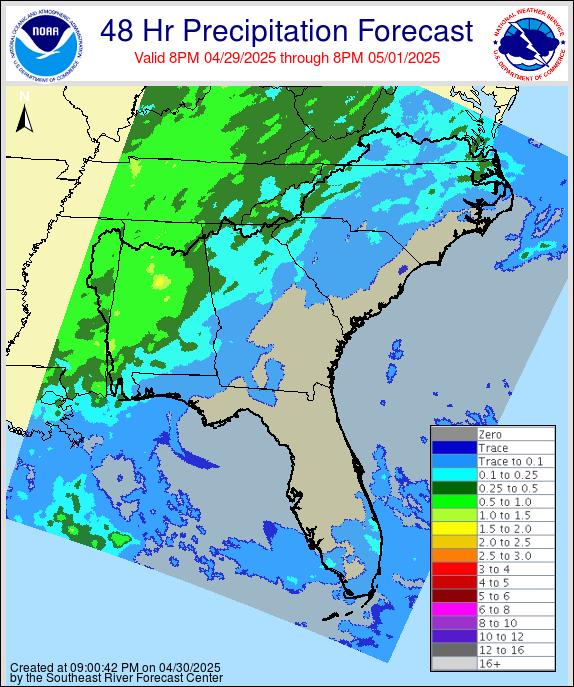

Larry: remains over the Central Atlantic Basin continues be large & powerful hurricane Larry, but the good (great!) news is that the storm will be far from any land areas with the exception of Bermuda.
“Larry” was upgraded last Wed. becoming a hurricane early Thu. & became a Cat. 3 Fri. evening - the 3rd “major” hurricane of the season. 1969, 2004 & 2005 were the only other seasons since the mid 1960s to have as many as three Cat. 3+ hurricanes by Sept. 3rd.
The steering flow remains locked in & stable thanks to a displaced - to the northeast - Bermuda High. Larry will get uncomfortably close to Bermuda - but still to the east of the island - by Thu. with at least some impacts in the form of gusty winds & very rough seas/surf.
And despite the hurricane’s considerable distance from any mainland, Larry will be large enough/strong enough to push an easterly swell to the Caribbean & east coast of the U.S. enhancing the rip current risk through much of this week. The eye of the hurricane will reach Jacksonville’s latitude - about 30 degrees N - by Wed.night but 1,000+ miles to the east.
There should be some cycling & recycling with fluctuations in intensity due to eyewall replacement cycles & nearby dry air.
Larry is the 5th hurricane of the Atlantic season... the 4th just since Aug. 18th!.... & the first time three Atlantic Basin hurricanes have formed within the period from Aug. 18th to Sept. 2nd.
Dr. Phil Klotzbach reports only twelve or more tropical storms have occurred within the Atlantic Basin by Sept. 1st 5 times: 1995, 2005, 2011, 2012 & 2020. (Of course, some credit to far better “detecting” means since the advent of satellite photos in the 1960s).




For right now, the Bermuda High across the Atlantic is displaced to the east & northeast through at least the middle or so of Sept. - important for any potential long track tropical systems coming out of the deep tropics. *But* there are indications that the Bermuda High will shift back west & a little south while becoming stronger again as we head toward the end of Sept.
Multiple tropical waves are marching west off the coast of Africa as one would expect near the peak of the season. Initially these waves will not travel very far west across the Atlantic, but that pattern will be subject to change later in the month.
Forecast models are also hinting at *possible* tropical “activity” over or near the SW Atlantic between 1-2 weeks away ~Sept. 18th-23rd. Still very early on this potential, of course but something to watch.


The peak of the hurricane season (Sept. 10) is fast approaching & ocean temps. remain “fit” to help maintain tropical cyclones.
Sea surface temps. across the Atlantic are now near to above avg. across much of the basin (2nd image below) & - even more importantly - deep oceanic heat content (which helped “feed” Ida) is impressive & the “equivalent oceanic heat content” - namely depth averaged temperature in the upper 300 m (~984 feet) - is even more impressive all the way from Africa to the Gulf of Mexico. Such an ocean water temp. pattern is conducive to long track deep tropical Atlantic tropical cyclones & can lead to a more favored regime for rapid intensification cycles. From an AMS research paper in ‘08 Mainelli, DeMaria, Shay, Goni: “Results show that for a large sample of Atlantic storms, the OHC variations have a small but positive impact on the intensity forecasts. However, for intense storms, the effect of the OHC is much more significant, suggestive of its importance on rapid intensification. The OHC input improved the average intensity errors of the SHIPS forecasts by up to 5% for all cases from the category 5 storms, and up to 20% for individual storms, with the maximum improvement for the 72–96-h forecasts. The statistical results obtained indicate that the OHC only becomes important when it has values much larger than that required to support a tropical cyclone.” More recent research continues to indicate similar correlations.
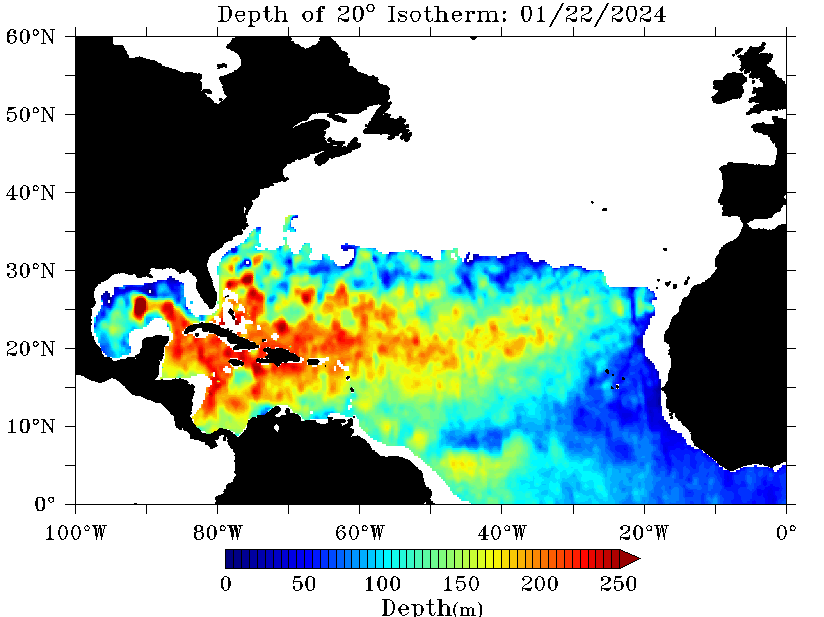
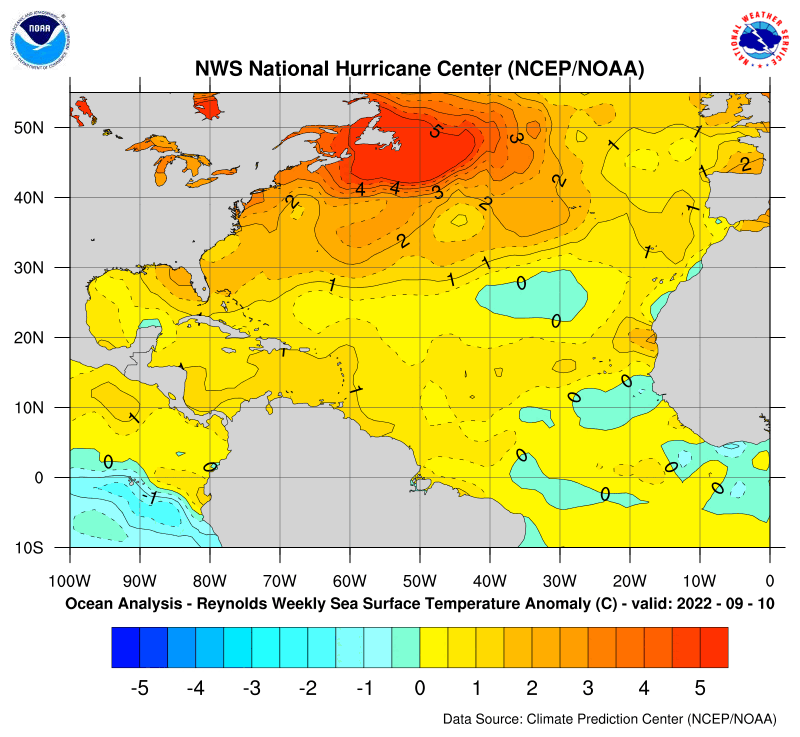
September is historically the prime month for tropical cyclones across the Atlantic Basin:



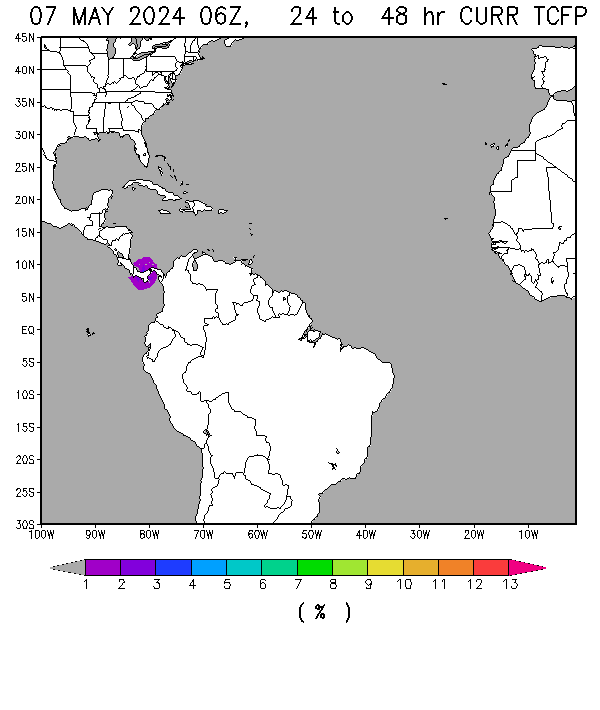
Saharan dust. Dry air - yellow/orange/red/pink. Widespread dust is indicative of dry air that can impede the development of tropical cyclones. However, sometimes “wanna’ be” waves will just wait until they get to the other side of the plume then try to develop if everything else happens to be favorable. In my personal opinion, way too much is made about the presence of Saharan dust & how it relates to tropical cyclones.
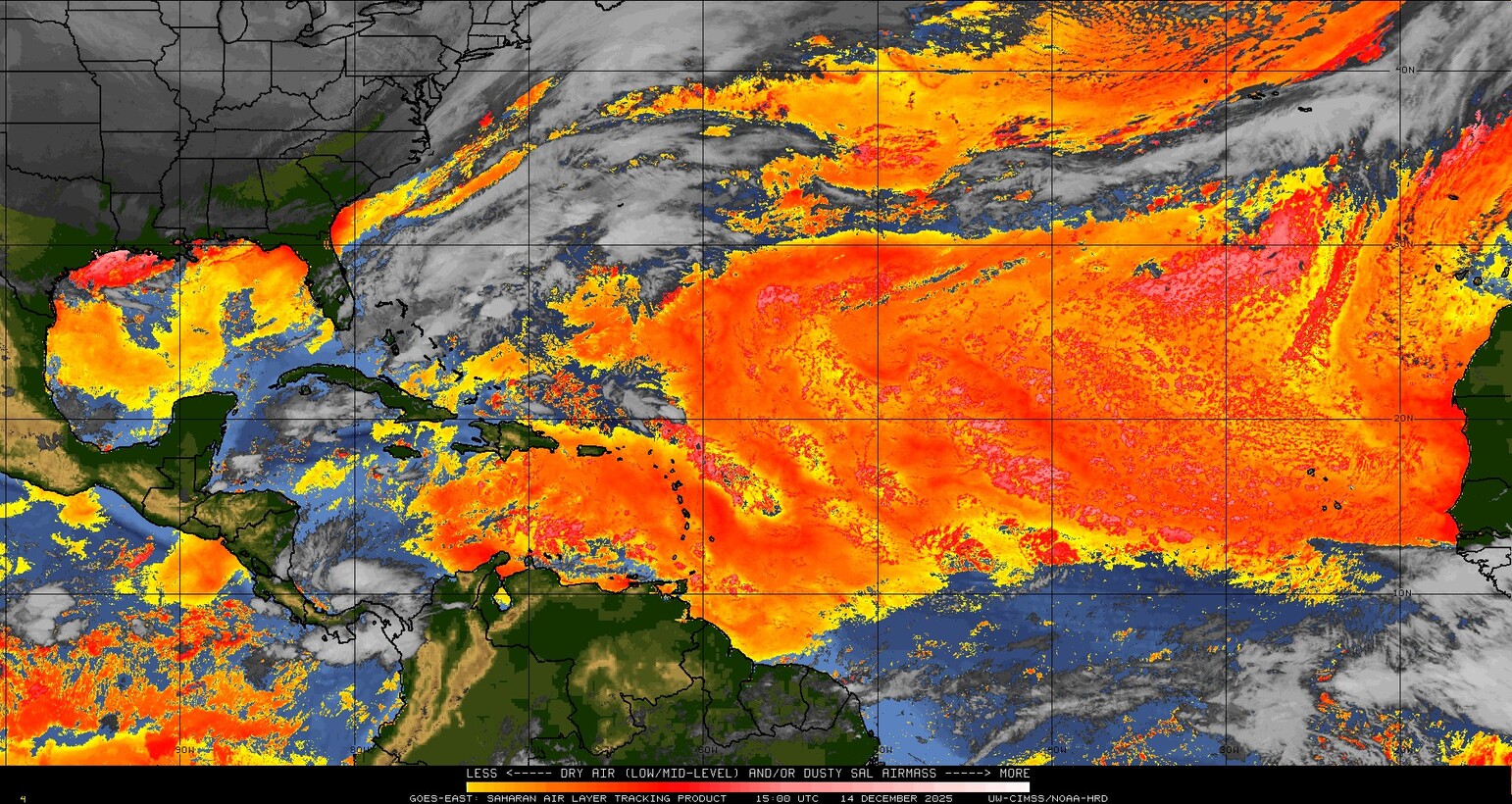
2021 names..... “Mindy” is the next name on the Atlantic list (names are picked at random by the World Meteorological Organization... repeat every 6 years... historic storms are retired (Florence & Michael in ’18... Dorian in ’19 & Laura, Eta & Iota in ‘20). Last year - 2020 - had a record 30 named storms. The WMO decided beginning in 2021 that the Greek alphabet will be no longer used & instead there will be a supplemental list of names if the first list is exhausted (has only happened twice - 2005 & 2020). More on the history of naming tropical cyclones * here *.





East Atlantic:





Mid & upper level wind shear (enemy of tropical cyclones) analysis (CIMMS). The red lines indicate strong shear:
Water vapor imagery (dark blue indicates dry air):

Deep oceanic heat content continues to increase across the Gulf, Caribbean & deep tropical Atlantic & has become pretty impressive from the Central/NW Caribbean into the Gulf of Mexico:
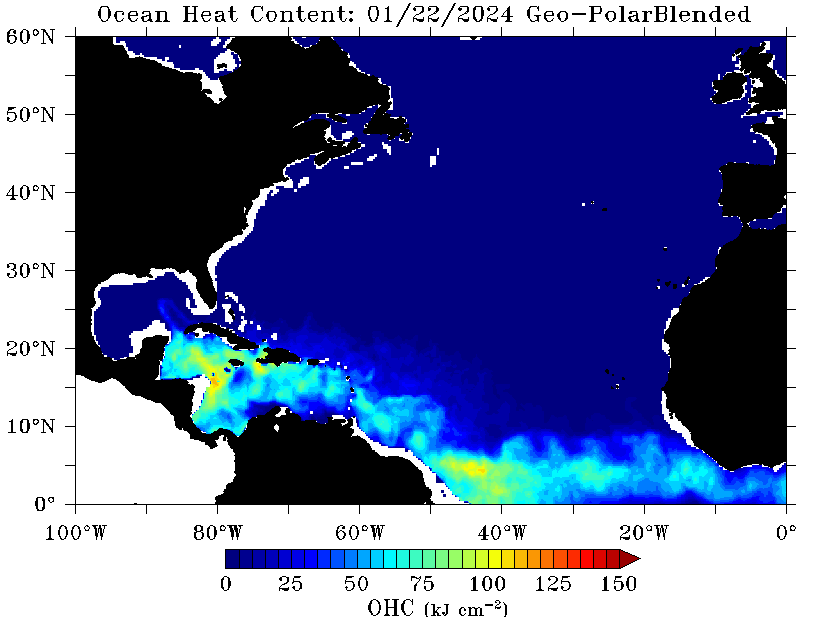
Sea surface temp. anomalies:


SE U.S. surface map:

Surface analysis centered on the tropical Atlantic:
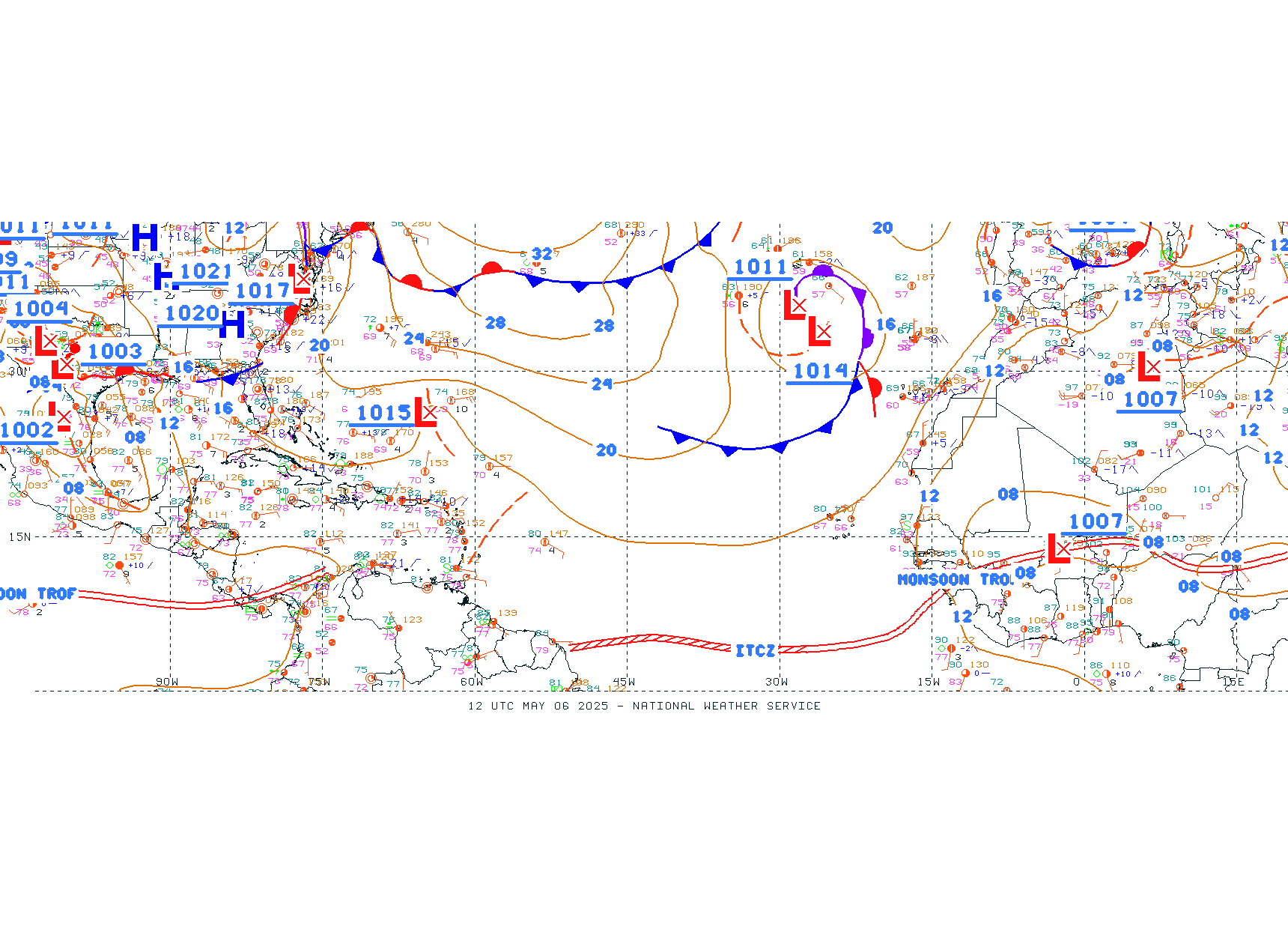
Surface analysis of the Gulf:
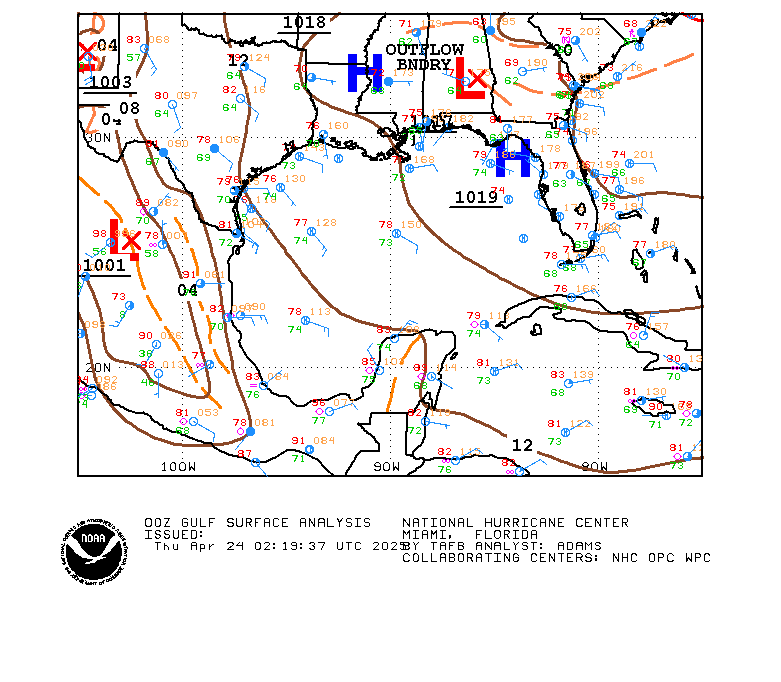
Caribbean:
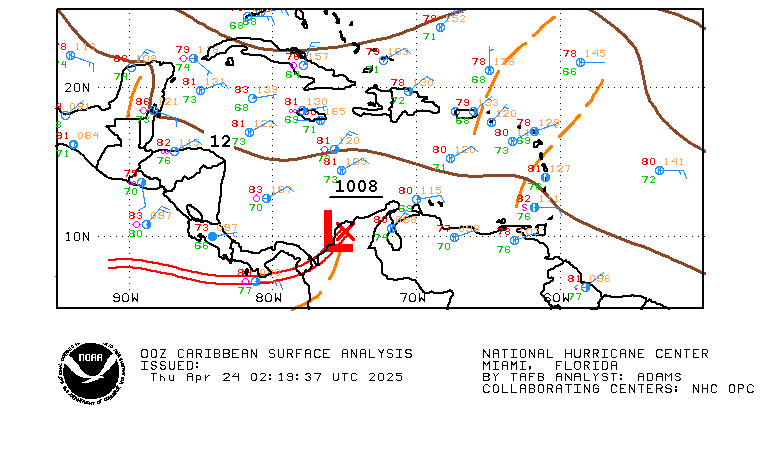
Atlantic Basin wave period forecast for 24, 48 & 72 hours respectively:
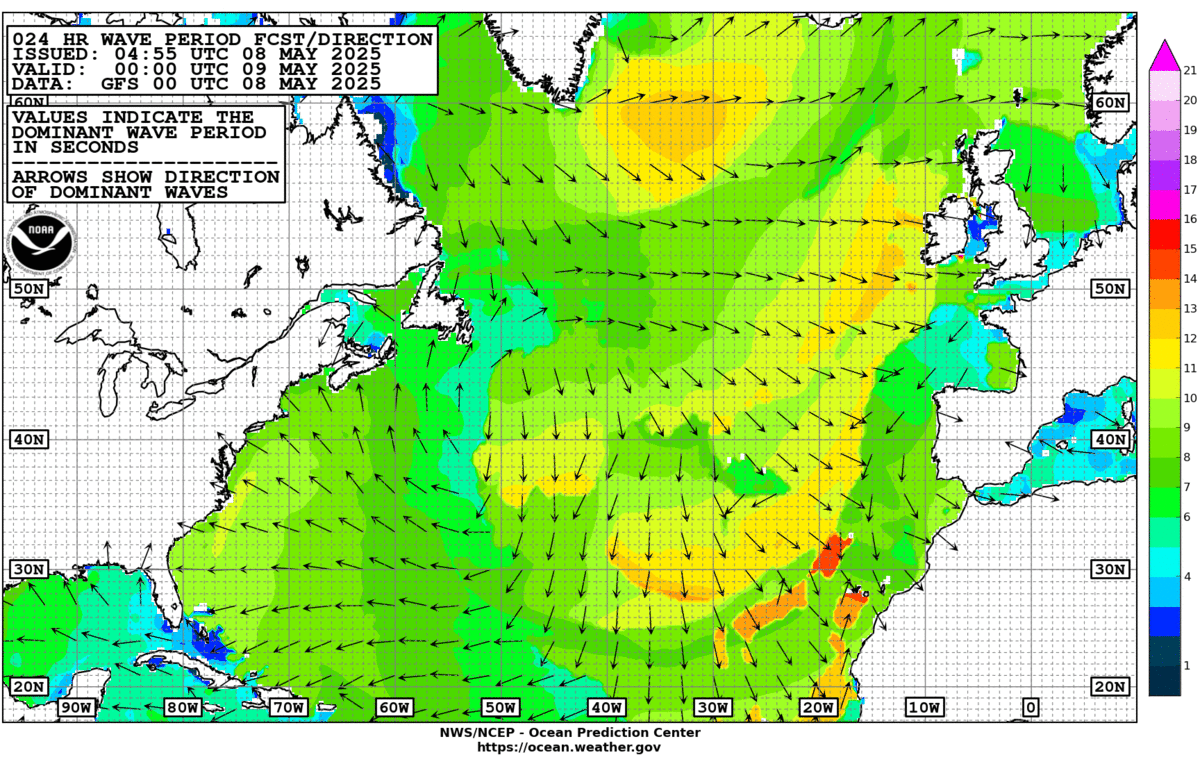
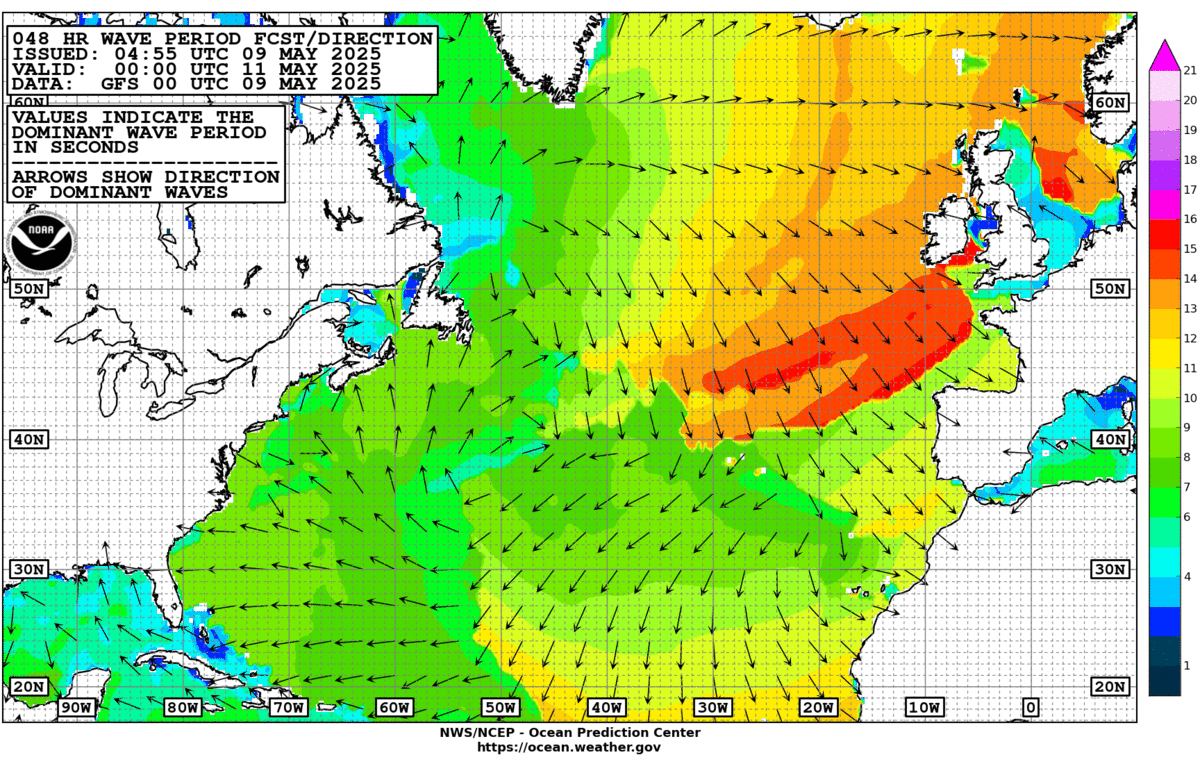
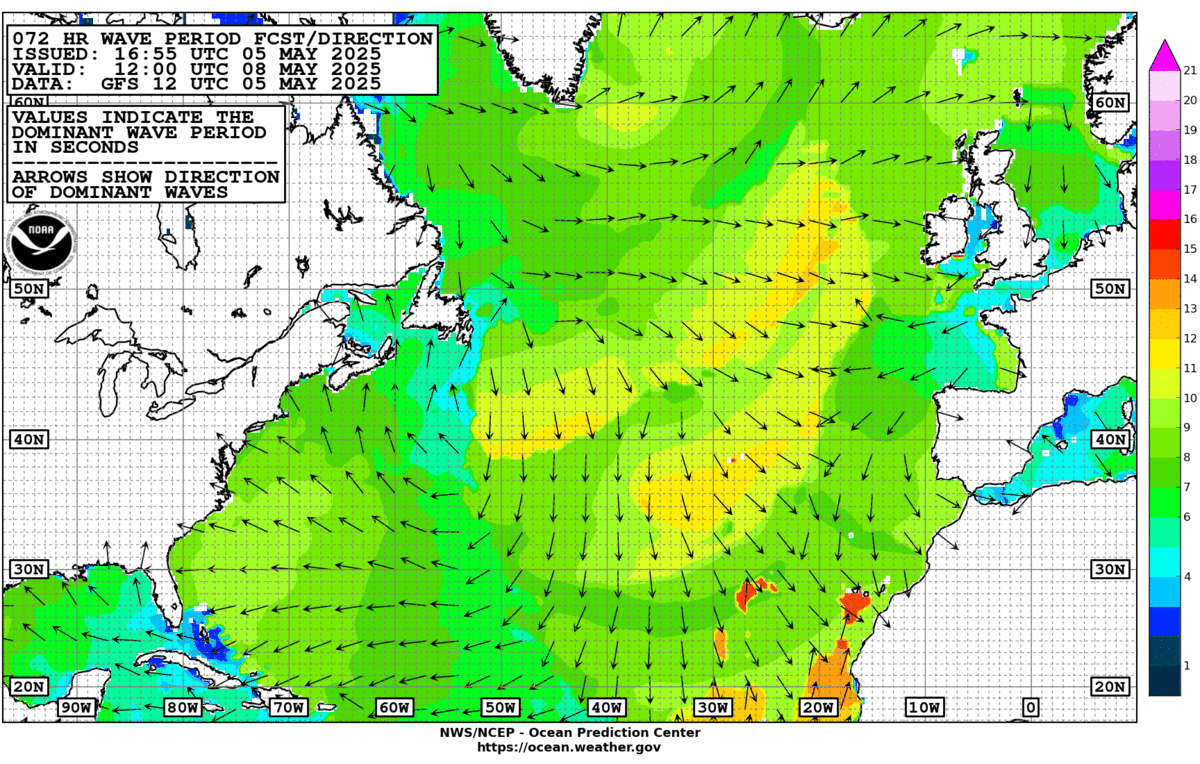
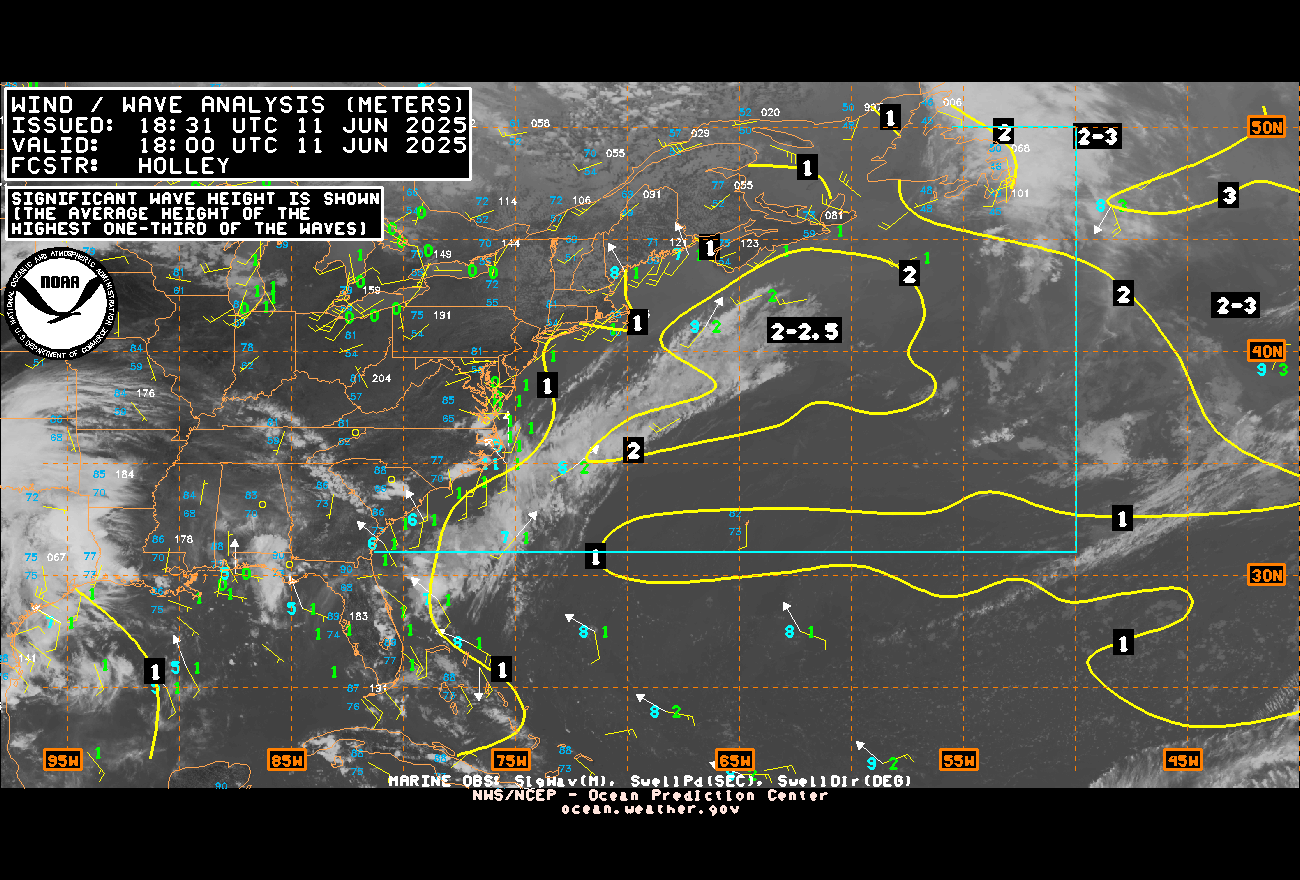
The East Pacific:

West Pacific IR satellite:

Typhoon “Chanthu” headed near the Philippines & south of Taiwan over the weekend:


Global tropical activity:

Cox Media Group










